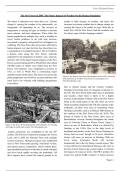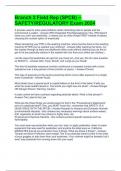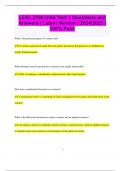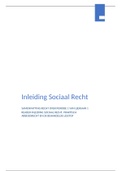Essay
he New Forest in 2069 The Future Impacts of Weather On the Human Population
- Module
- Environmental Science
- Institution
- University Of Southampton (UOS)
This essay shows the future impacts of weather on the human population, specifically in the areas of the new forest, in Hampshire. This essay uses a mixture of environmental science, human geography, and physical geography, and analyses the future weather trends and how it will impact the popul...
[Show more]












